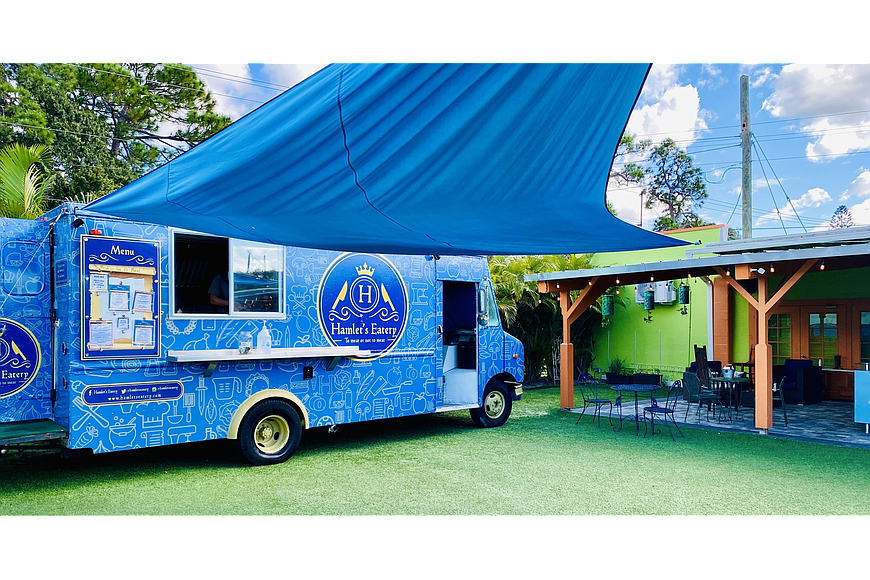- December 15, 2025
-
-
Loading

Loading

Micro-influencers are nothing new — but in today’s onslaught of technology and social media, it was a waiting game to see when the influencer market would become a useful promotion tool for businesses. That wait seems to be over, with a handful of area entities using micro-influencers to boost businesses and engagement with customers, in a new kind of direct marketing.
“Micro-influencers have more influence than people think,” says Arash Daftarian, co-founder of MySw